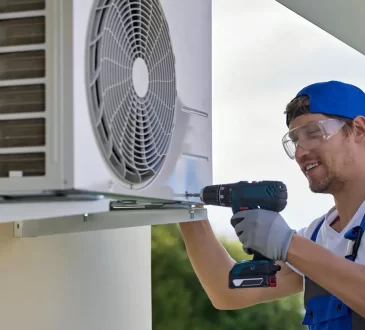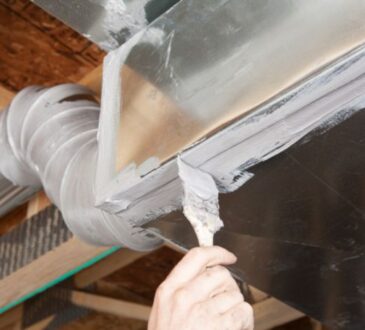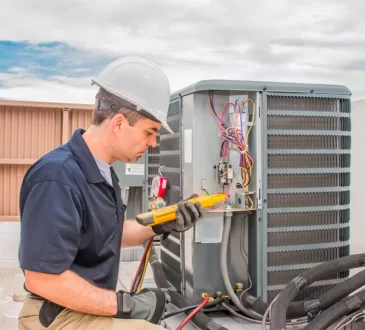
When considering upgrading your home’s heating system, understanding what to expect from your HVAC contractor during the process is crucial. From scheduling to the final walkthrough, a smooth furnace installation in Apple Valley involves several stages that ensure the efficiency and safety of your new system.
Initial Consultation and Assessment
Before the actual installation, an initial consultation with your HVAC contractor is necessary. During this stage, the contractor will assess your home’s heating needs, discuss your preferences, and evaluate the current system to determine the best replacement options. This assessment is vital to ensuring that your new furnace will meet your heating demands effectively and efficiently.
Importance of Professional Installation
Expert installation is crucial for ensuring the longevity and efficiency of your furnace. Hiring an experienced HVAC contractor ensures that the installation adheres to all safety standards and that the system operates at optimal performance levels. Improper installation can result in decreased efficiency, increased energy costs, and even hazardous conditions.
Selecting the Right Furnace
Choosing the appropriate furnace involves more than picking the latest model. Key factors like energy efficiency, size, and compatibility with your existing ductwork significantly impact your decision. Understanding the proper sizing of a furnace is particularly important. A furnace that’s too large or too small can lead to inefficient heating and increased wear and tear on the system.
Scheduling and Preparing for Installation
Once you’ve selected your furnace, scheduling the installation is the next step. Your contractor will work with you to determine a convenient time for installation. Preparing your home by clearing the installation area and ensuring easy access can help streamline the process. Your contractor should provide a detailed plan outlining each step of the installation process.
Installation Day: What Happens?
On installation day, the HVAC team will arrive equipped with all necessary tools and parts. The old furnace will be carefully removed, and the new one will be installed according to the manufacturer’s specifications. This process includes connecting the furnace to existing ductwork and ensuring that all electrical and gas lines are safely attached. The installation team will thoroughly test the system to verify its proper and efficient operation.
Post-Installation and Maintenance
After the installation, your contractor should conduct a walkthrough of the new system. They will provide instructions on how to properly operate and maintain the furnace to ensure its long-term efficiency and durability. Regular maintenance, such as changing filters and scheduling annual check-ups, is essential for optimal performance. Knowing when to replace a furnace can also help you plan for future upgrades and avoid unexpected breakdowns.
Conclusion
A successful furnace installation requires careful planning and execution by a professional HVAC contractor. From choosing the right system to understanding the importance of proper sizing and ongoing maintenance, each step plays a role in ensuring that your home remains warm and comfortable throughout the colder months.
Frequently Asked Questions
1. How long does a typical furnace installation take?
A standard furnace installation usually takes about 4 to 8 hours, depending on the complexity of the job and the type of furnace being installed.
2. What should I do to prepare my home for installation?
Clear the area around the existing furnace to allow easy access for the installation team. Ensure that pathways are free from obstructions and that the new furnace can be easily brought into the installation site.
3. How often should a furnace be serviced?
Furnaces should be serviced at least once a year, ideally before the winter season begins, to ensure they are operating efficiently and safely. Regular maintenance can help identify potential issues before they become major problems.



